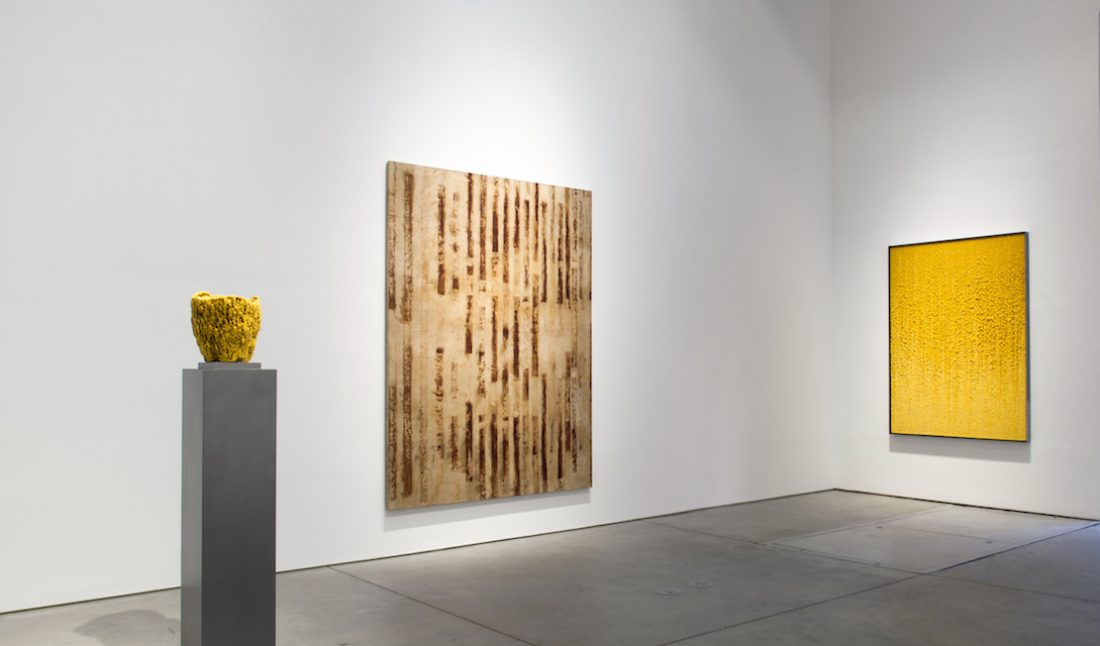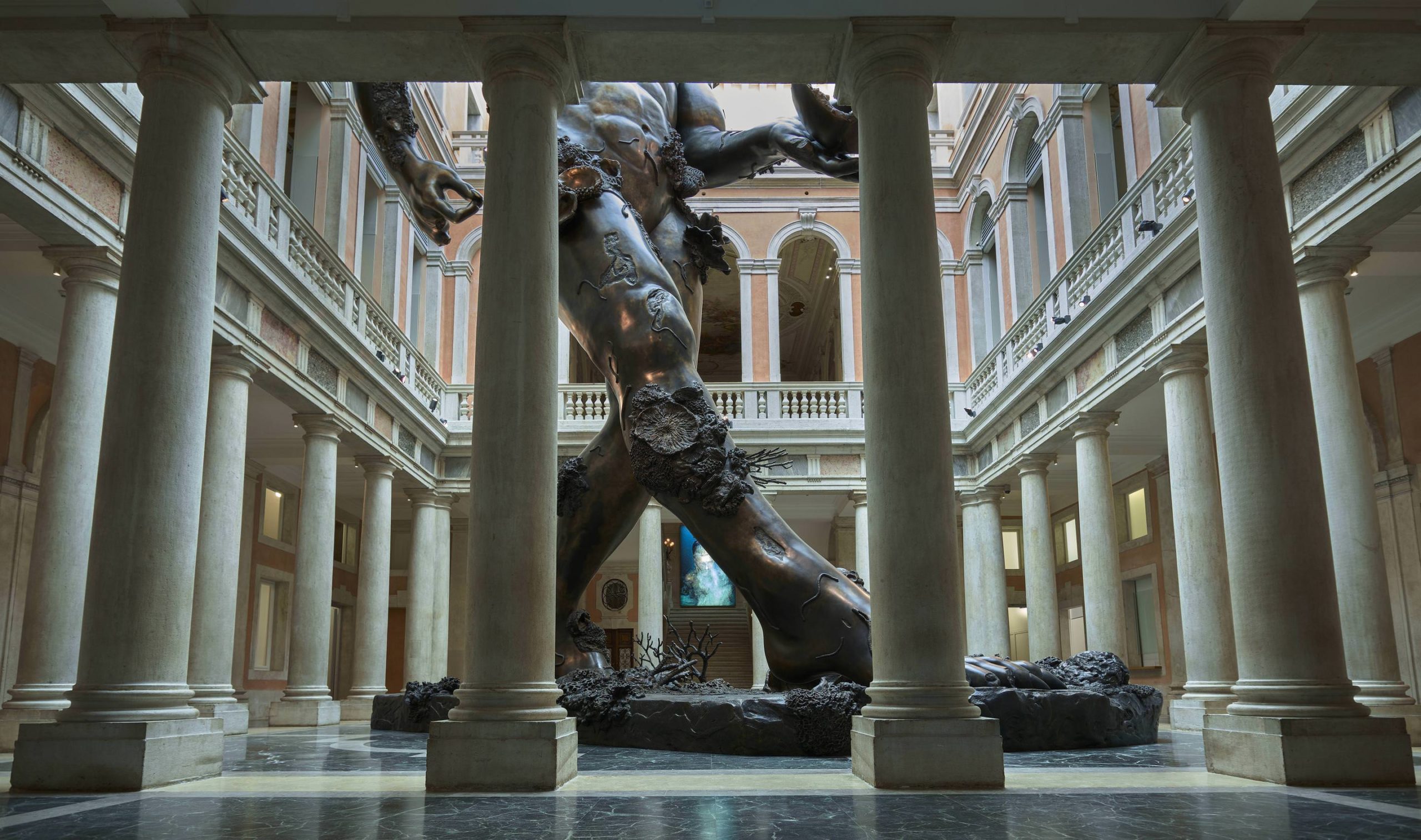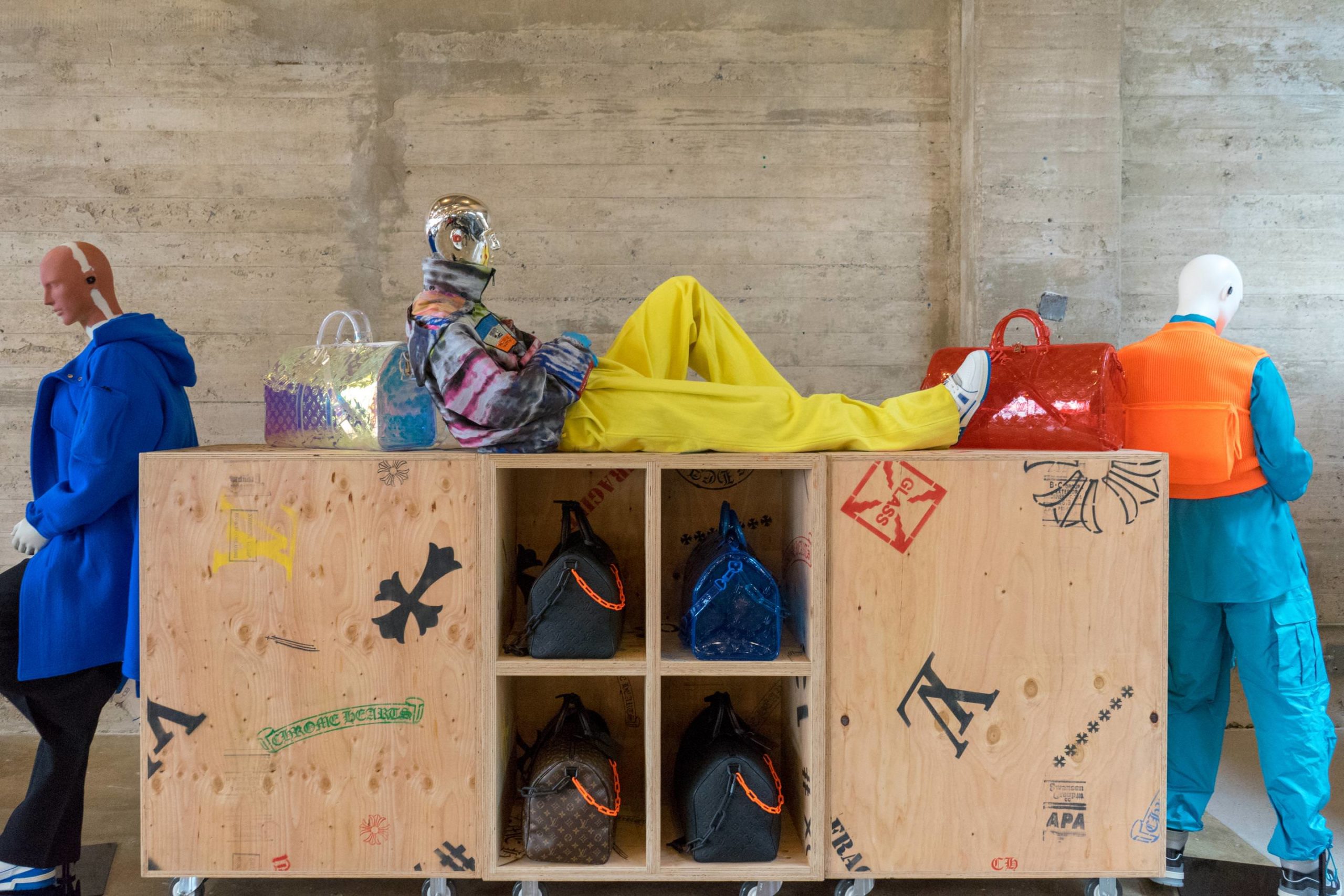A solo show of new works by artist Nick Theobald is currently on view at Richard Taittinger Gallery in New York, entitled “WITH HONEY FROM THE ROCK.” The artist uses natural materials to create surprising works—dripped beeswax is used to make paintings, and discarded canvases is used to create sculptures. We spoke with the artist about his process and about how he thinks art will replace religion.
WHITEWALL: “WITH HONEY FROM THE ROCK” refers to a passage in The Old Testament, about God’s final gift to the faithful. Was this a starting point for you with this series?
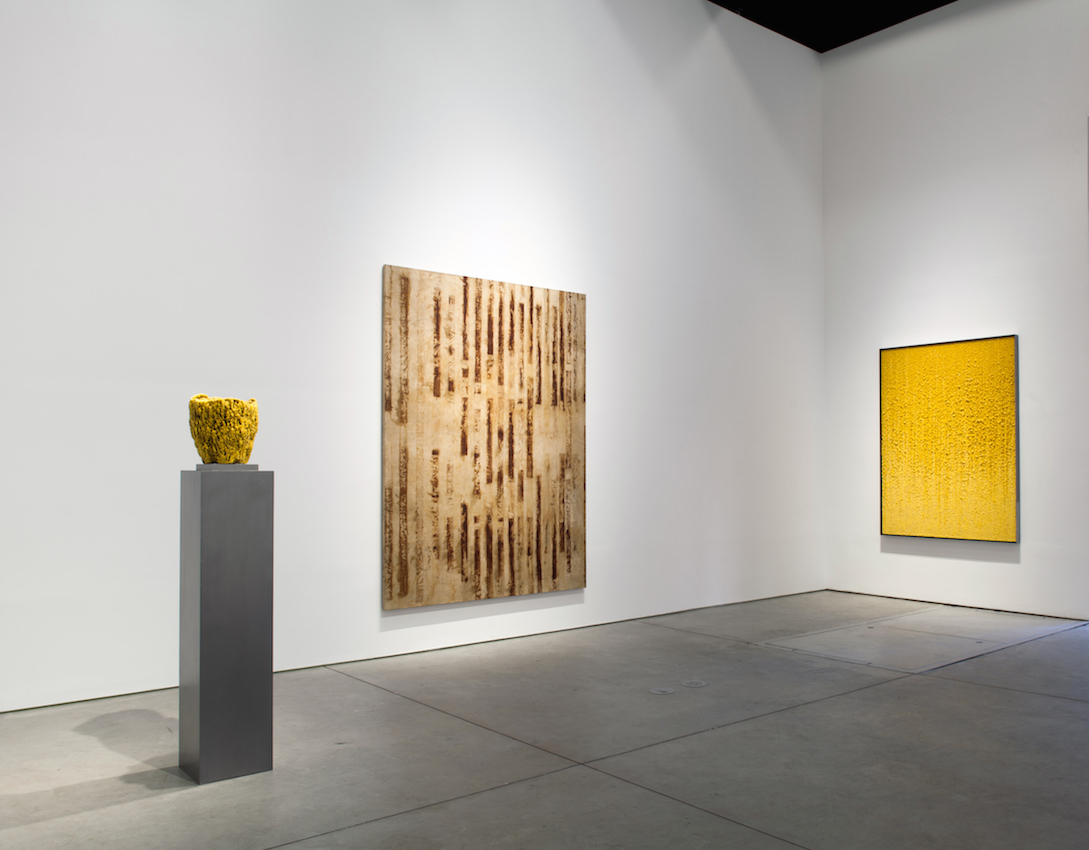 Courtesy of Richard Taittinger
Courtesy of Richard Taittinger
NICK THEOBALD: It actually was the end point and summed it up. The work is about devotion and submission to a purpose and the freedom that purpose delivers. The title of the show is from a Psalm that I learned as a child at summer camp… so I suppose it is the starting point too; it’s come full circle.
WW: When did you start working with unaltered beeswax? Why was this a material you wanted to work with?
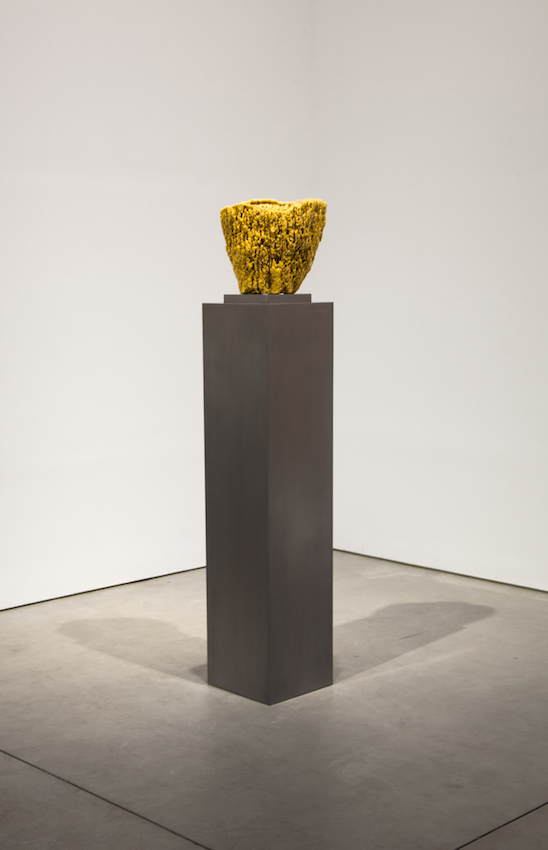 Courtesy of Richard Taittinger
Courtesy of Richard Taittinger
NT: My first explorations with beeswax began four years ago. I saw the tonal variety in beeswax and I started to explore ways of “painting” using natural materials. I am concerned with the idea of karmic footprints in regard to materials. To make 1 pound of beeswax it takes roughly 6000 bees, in some of my paintings there are over 100 pounds of wax. There is a lot of energy resonating from beeswax and I think that is something you feel in the work. The sense of 600,000 bees… and me.
WW: What about working with other natural fibers appeals to you? Have you always worked with natural materials?
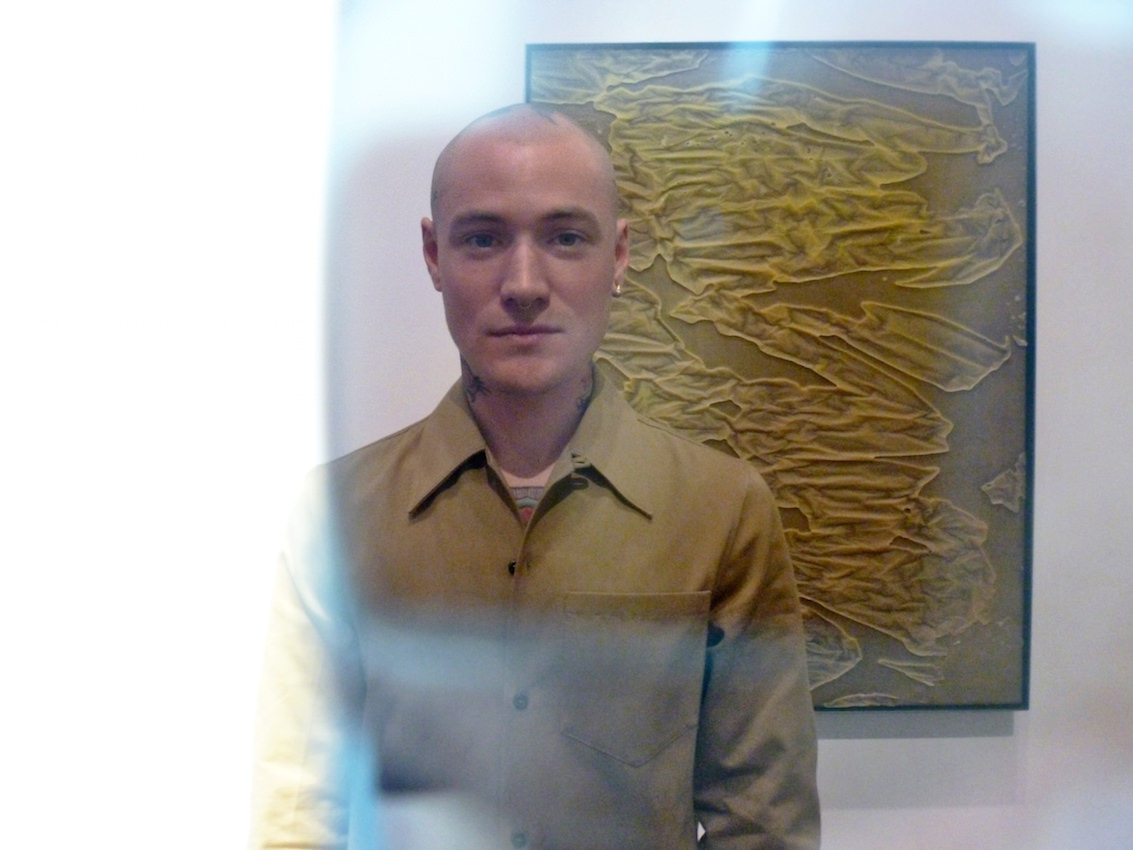 Photo by Slava Mogutin
Photo by Slava Mogutin
NT: I am interested in creating works that use natural materials because there is something very primal to using what is found in nature—the power and stillness in nature. I still find that residing in the work.
WW: Can you tell us about the sculptural pieces in the show, works like Absorb Form made from wax and sea sponge, and the canvases wrapped in rope?
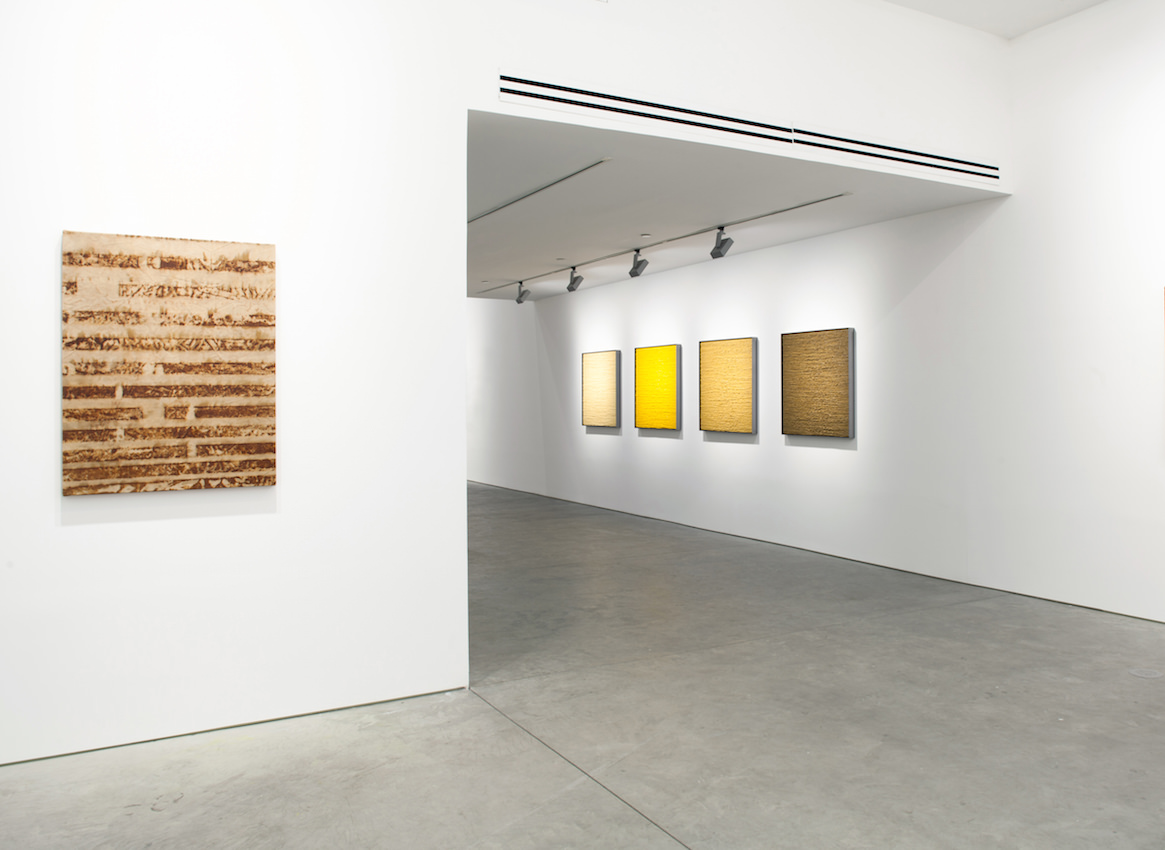 Courtesy of Richard Taittinger
Courtesy of Richard Taittinger
NT: Absorb Form I see as a Vanitas, a sense of emptiness. It is a sea sponge, which is the skeleton of the former sea creature. The sponge is absorbed in the sweet and everlasting produce of the honeybee. Bees are a symbol of immortality in many cultures and beeswax was first used for mummification by the Egyptians. Combining the two became a “skull and roses” image… besides the obvious nod to Yves Klein.
Born/Bound is a cycle of resolution. Discarded paintings are un-stretched and the wax is melted into the linen. I take something crude and then struggle to turn it into an elegant form—linen, jute rope, beeswax, steel, solid 24-karat gold—melting away failures, binding it into new form and giving new life to something abandoned. The pure gold placed at the end of a knot certifying all these failures are validated.
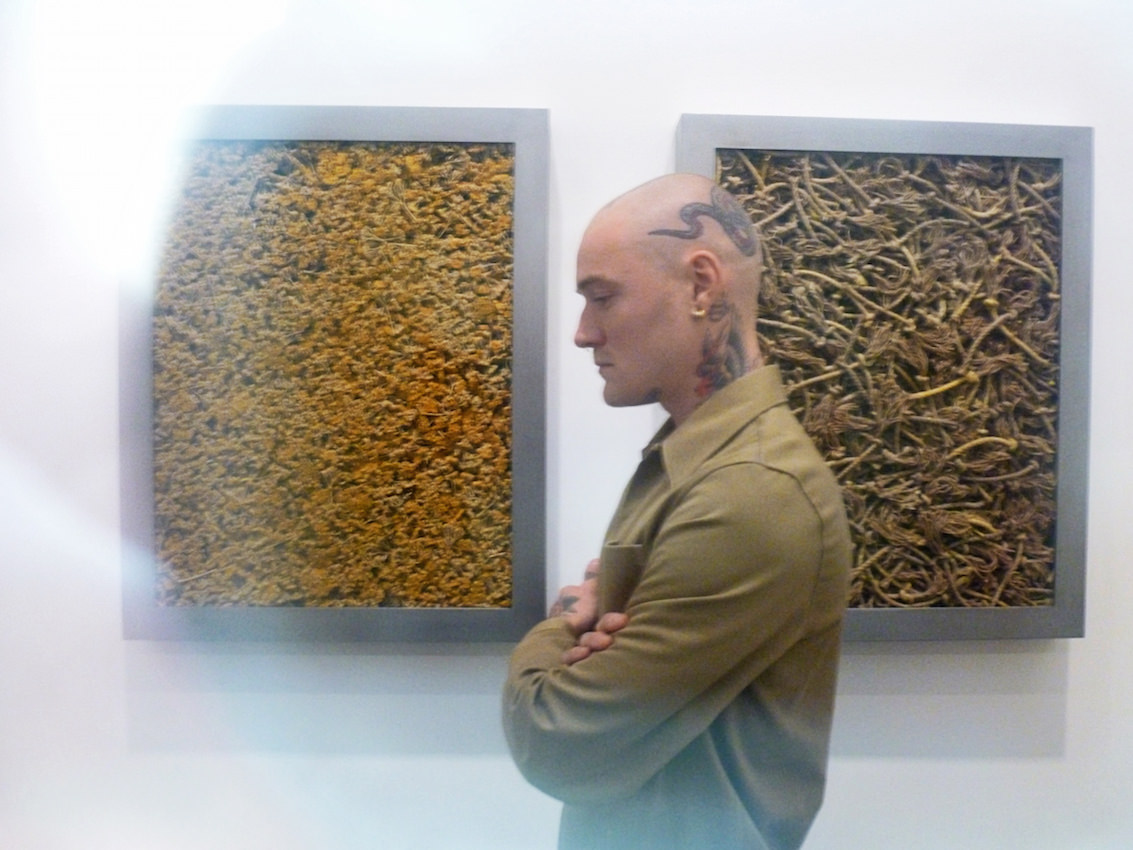 Photo by Slava Mogutin
Photo by Slava Mogutin
WW: Your drip paintings, imprint paintings, and rust paintings all seem to evolve around material and process. Do you want the process of making the work to be apparent to the viewer, or is there something else you’d like the viewer to experience?
NT: For some of the work the process is apparent and that is about submitting yourself to a greater purpose, repetitive drips became mantra. In the rust paintings and imprint paintings the process is greatly out of my control, there is a need to surrender to the material. The process is often apparent but the process is only a vehicle. Abstraction has the ability to transcend the struggles in my own work and life, the triumphs. They are often abstract but completely tangible in viewing the work. Art will replace religion. My hope is the joy I experience in creation is transcribed to the viewer, a shared sense of creation can unite people.
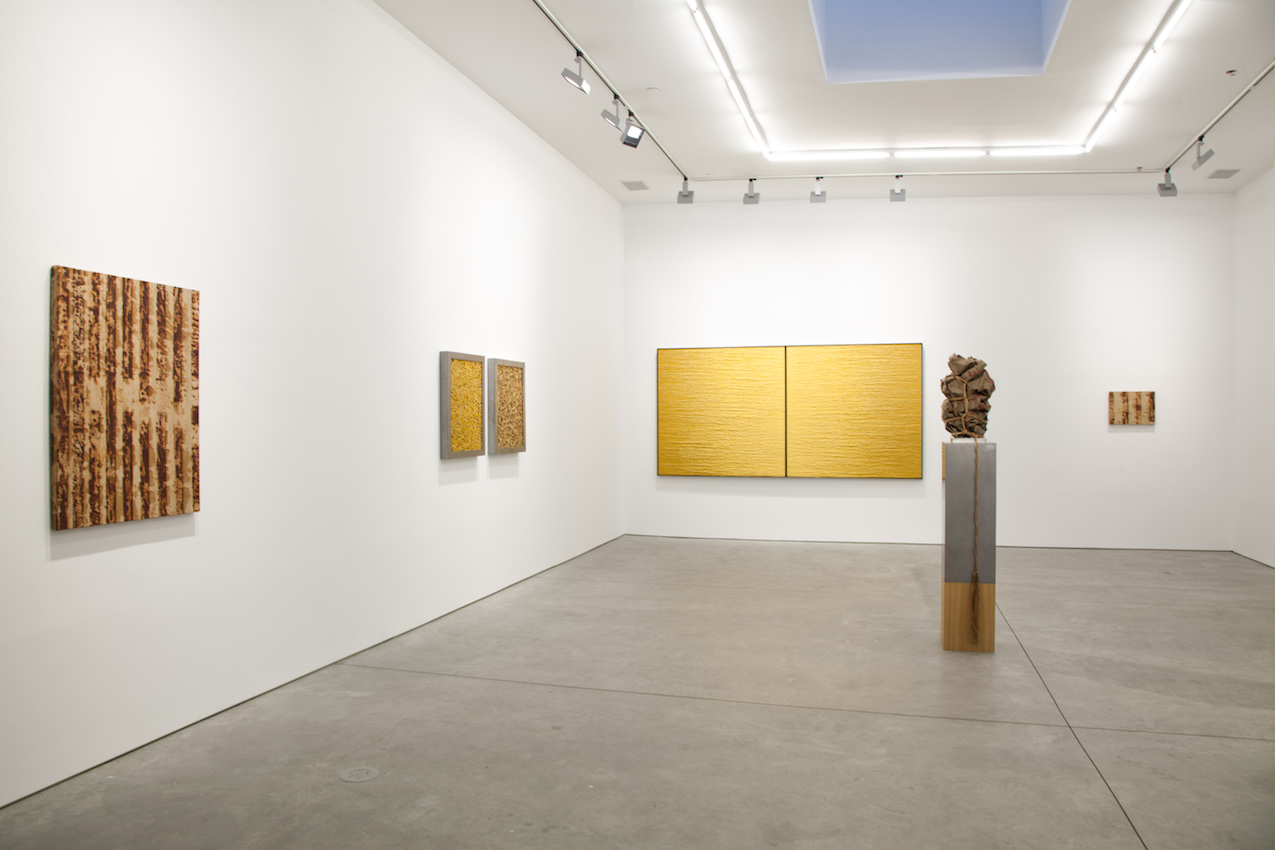 Courtesy of Richard Taittinger
Courtesy of Richard Taittinger
WW: Y1-1-015 and WR1-1-015 involve an action of gathering or accumulating. How would you relate them to your other body of works featured in your solo exhibition?
NT: It’s really the same. If I am dripping, cutting stalks of dried flowers, rolling bars of steel into canvas, tying knot ends ceaselessly… It all becomes a focus on the breath.
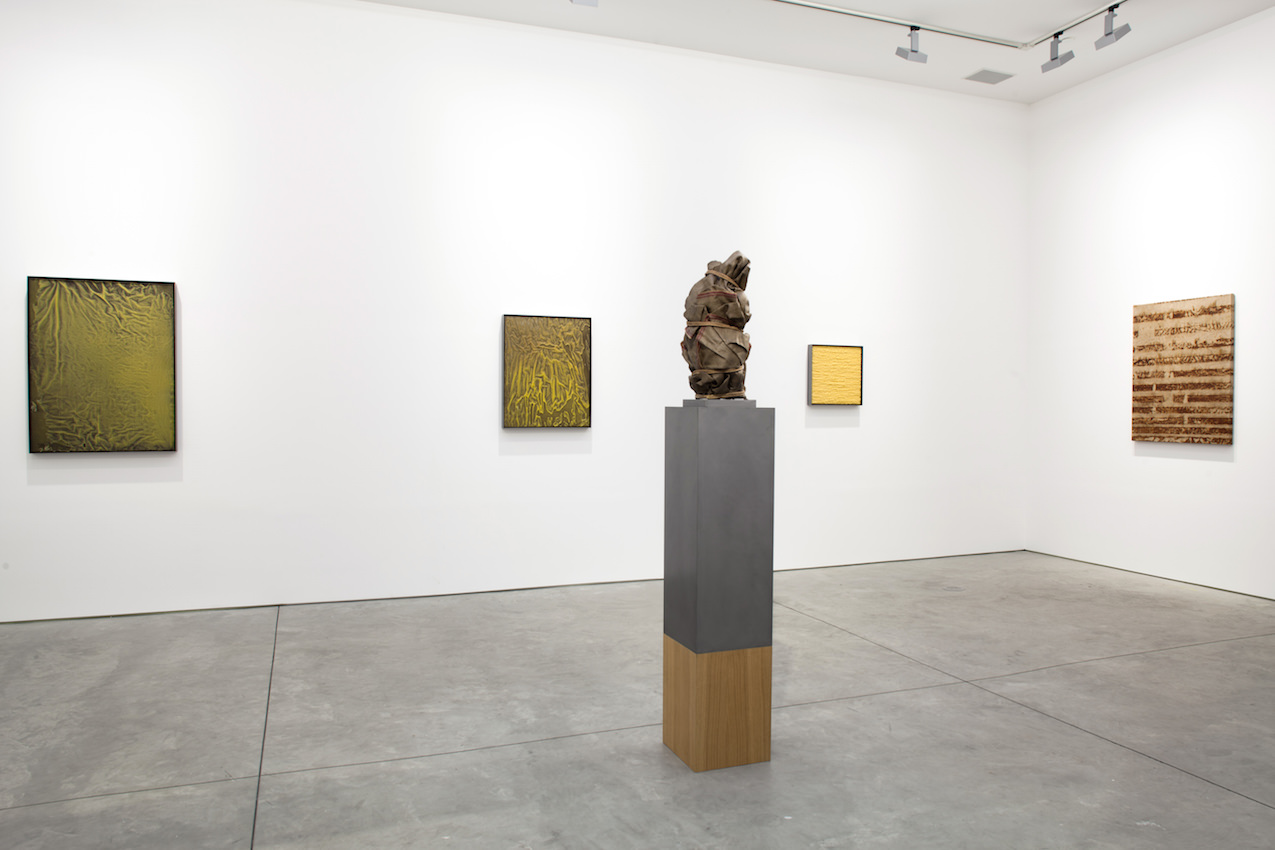 Courtesy of Richard Taittinger
Courtesy of Richard Taittinger
WW: You grew up in Japan, Taiwan and Singapore. What prompted your move to New York?
NT: Anything is possible in New York. There is an energy and a rapid pulse; creative energy builds on itself and needs nourishment from all angles. There are very talented people in New York and having an ongoing dialogue with other artists is crucial. There is a supportive structure here and that is essential to my development.
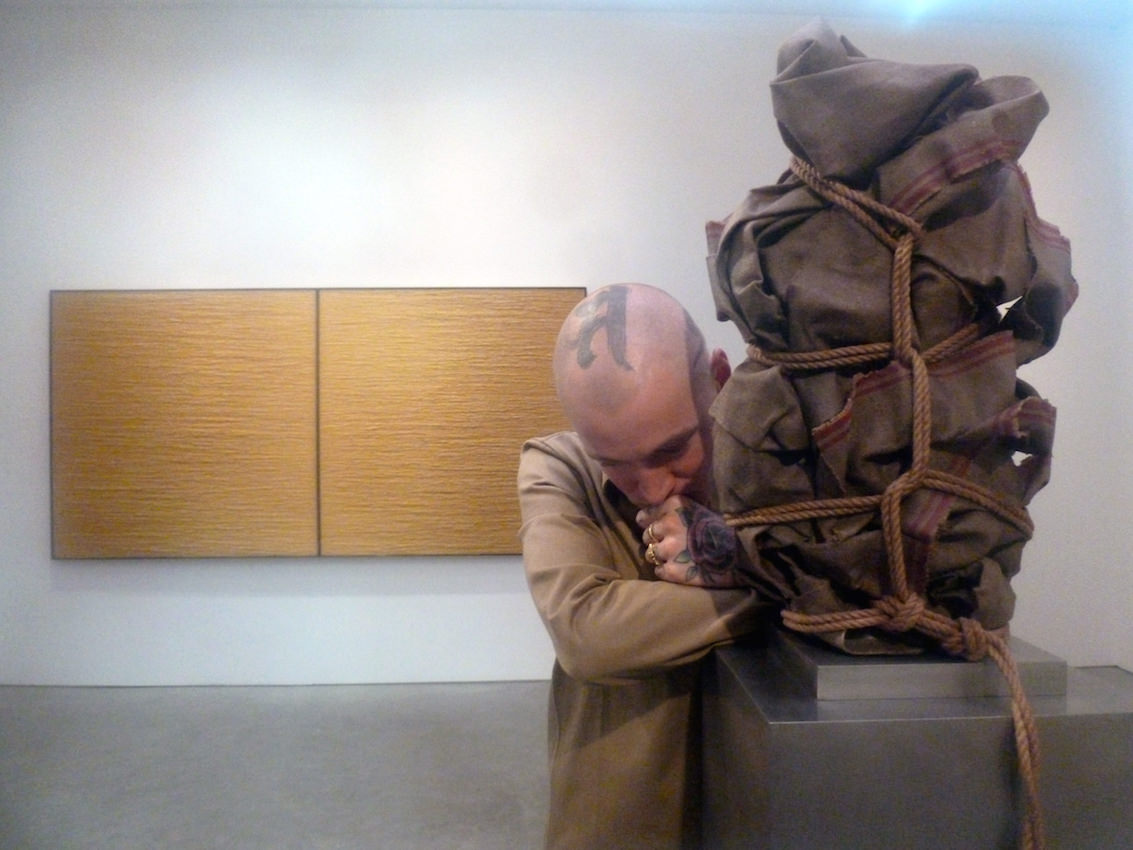 Photo by Slava Mogutin
Photo by Slava Mogutin
WW: We read a recent interview where you said “All of my art is a way for me to get back home to my childhood, to my first contact with beauty and nature.” Do you see your work as a way of reconnecting with nature?
NT: I see it as getting back to primal and innocent experiences with creation. Free of ideas and instead only feeling. Often it is early childhood memories and emotions I am after. The obsession with light and purity are my methods of reconciling innocence. The desire for purity and taking inspiration from the natural world is seeking a balance to the darkness that has duality in life.
“WITH HONEY FROM THE ROCK” is on view at Richard Taittinger Gallery through December 12.






